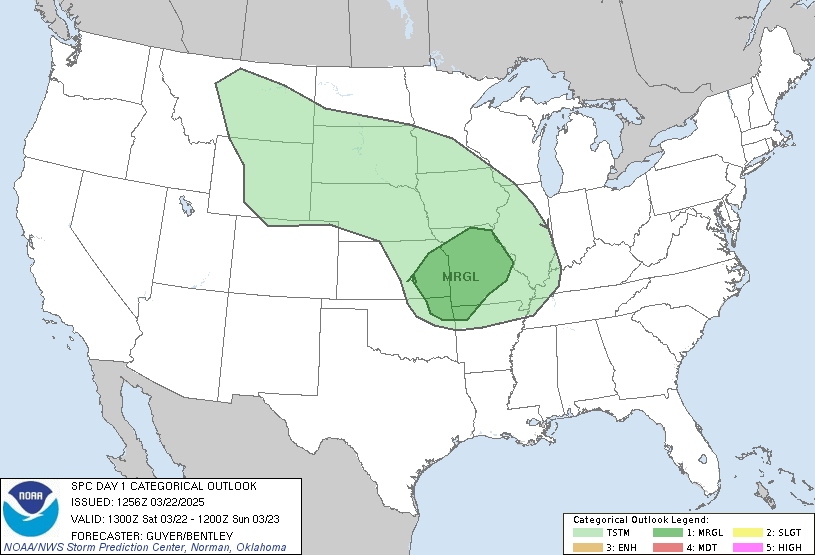Dear KFW:
In brief answer to your query, dated 5:48 a.m. November 13, here is about the best we at ANLYF can piece together vis-a-vis what in tarnation is going on out here, or out there, in the Mid-Atlantic: Yes, this is still, sort of, Ida. First, a short film, which takes us give or take to Tuesday (you may have to hit "refresh" on the browser of your choice to cause it to play):
Thanks, NASA! That's from this fabulous NASA article about Ida, which is itself part of this fabulous NASA web situation having to do with hurricanes in general. Cite your sources, people. Now: where were we? Ah. Yes. That film was Ida making landfall, coming up out of the Gulf and ashore at give or take Alabama, but that was only part of the fun. What happened then was that it rode basically across the panhandle of Florida and through south Georgia and then set up off the coast of the Carolinas sort of as itself, and sort of as a new coastal low, and it may or may not have incorporated another little coastal low, and then all that strengthened. Or re-strengthened. Here's what NASA has to say about it in their above-noted article (and the pressure information is specific to Nov. 12):
What's interesting is that Ida is a stronger system now as a coastal low pressure system than when it made landfall in Dauphin Island, Alabama as a tropical storm. At that time, its minimum central pressure was 999 millibars. Today, its minimum central pressure is 992 millibars.
And here are a couple of images of that stronger coastal low, spinning down there somewhere near Wilmington and Myrtle, dropping seven inches of rain on Greensboro, among other spots. First, infrared from Wednesday afternoon, as things are setting up:
And then satellite from yesterday afternoon:
One thing the NASA folks talk about is how Ida "spread out" before landfall; that is, as near as I can tell, Ida still made landfall as a storm of some manner, but had already seen enough shear and general fallout (and may even have separated into two lows—its surface low and upper-level low may have become uncoupled) to become pretty disorganized pretty quickly—not strong enough, any longer, to hold itself together on any real kind of track. Then, once what was left hit the Atlantic, instead of having remnant tropical circulation—instead of having real circulation of its own—it reintensified as what was/is almost a new storm, the nor-easter that hit us all day yesterday and is hitting New Jersey today.
Here's an actual expert explaining things a little more expertly: Stu Ostro at his fancy Weather Channel blog.
Finally, here's a current (10 a.m./Nov. 13) satellite shot from NOAA—
—which makes it look as though what we might now be seeing is more fog and remnant cloud cover than anything else, and that all this is about over and done with. So. Yeah. That was still Ida. This is still Ida. But: it's supposed to be 74 and sunny on Sunday. We may even see shades of that tomorrow. Hey, fall.
KFW, we here at ANYLF are and remain yr hmbl svts,
The Weatherheads
Friday, November 13, 2009
Your Letter.
Posted by Drew Perry at 9:23 AM
Subscribe to:
Post Comments (Atom)















2 comments:
oh gosh. that's exactly what i was looking for. that's what caused maizie to run laps around the house. thank you, weatherbrother.
kfw, i was having a bad morning until you asked.
Post a Comment